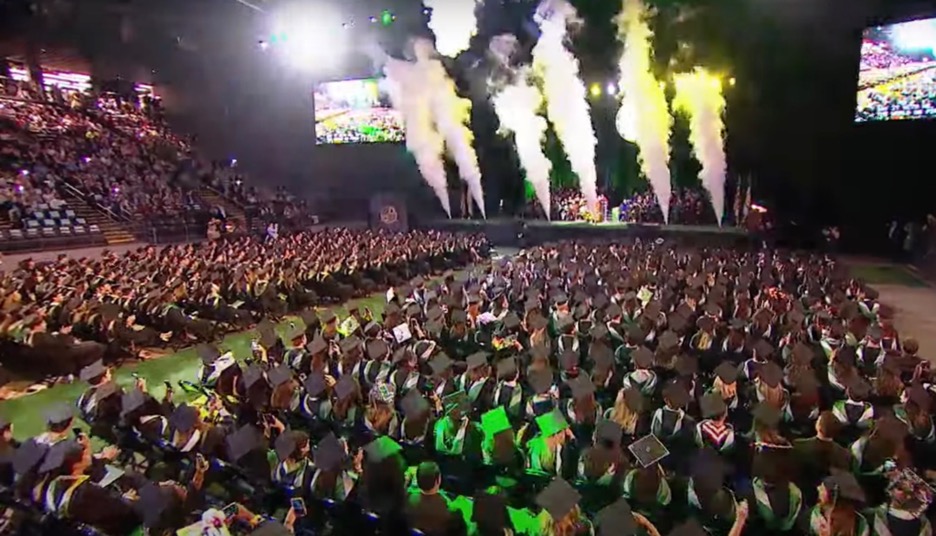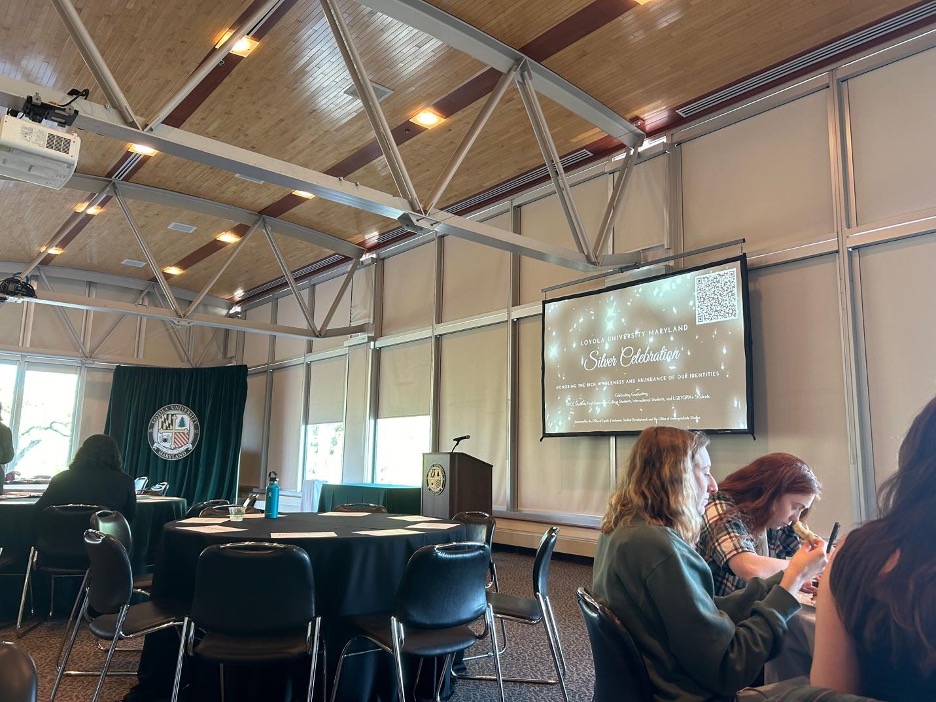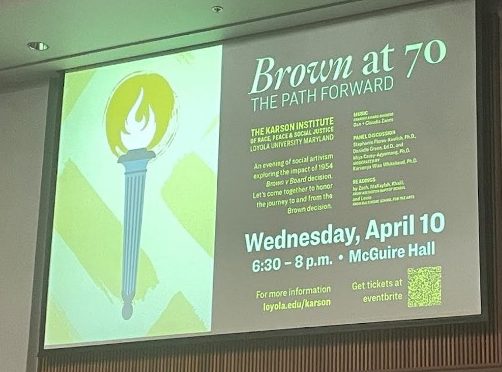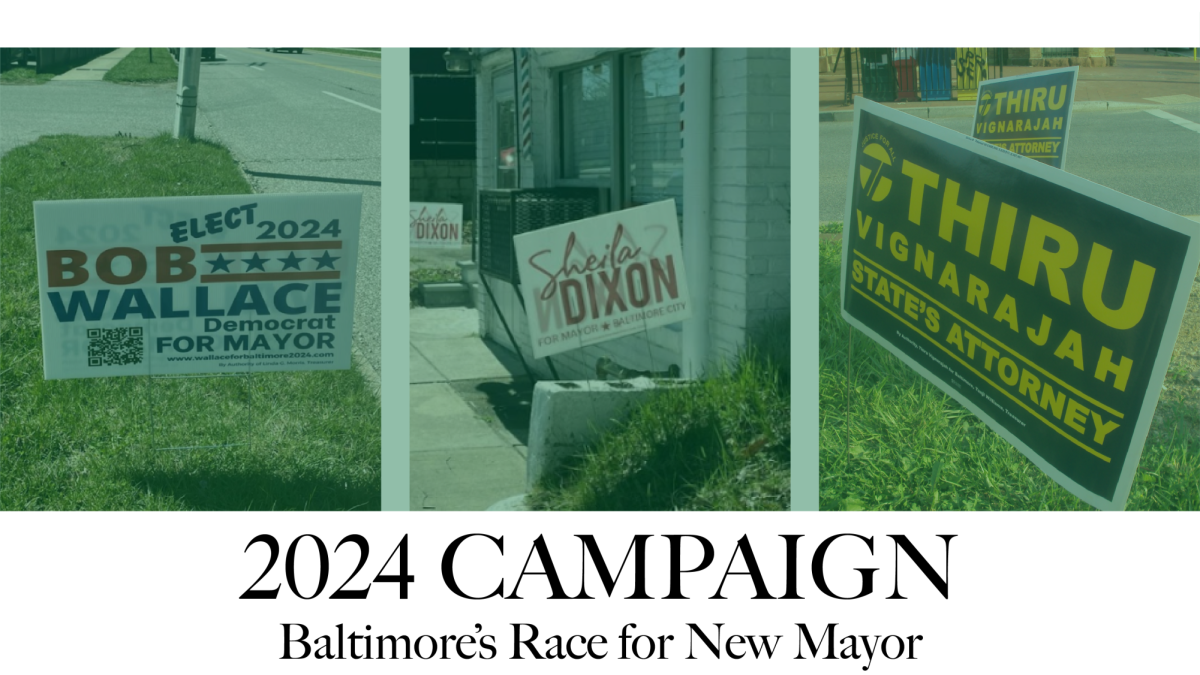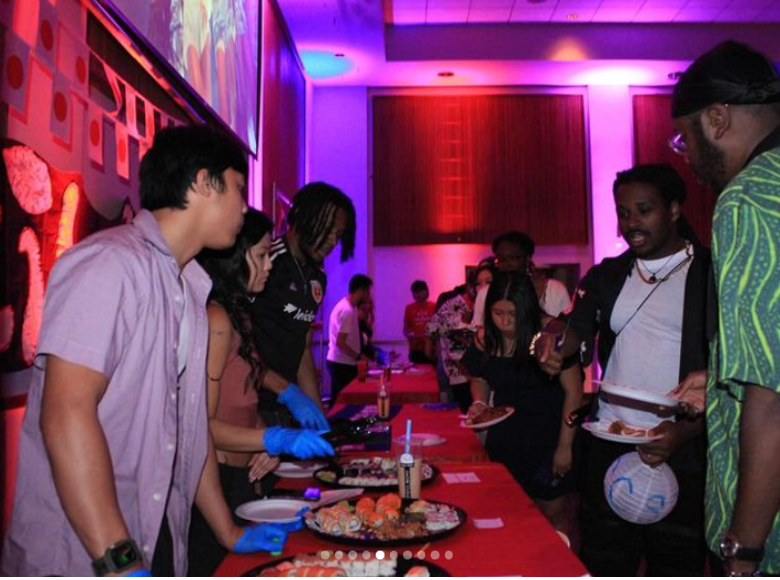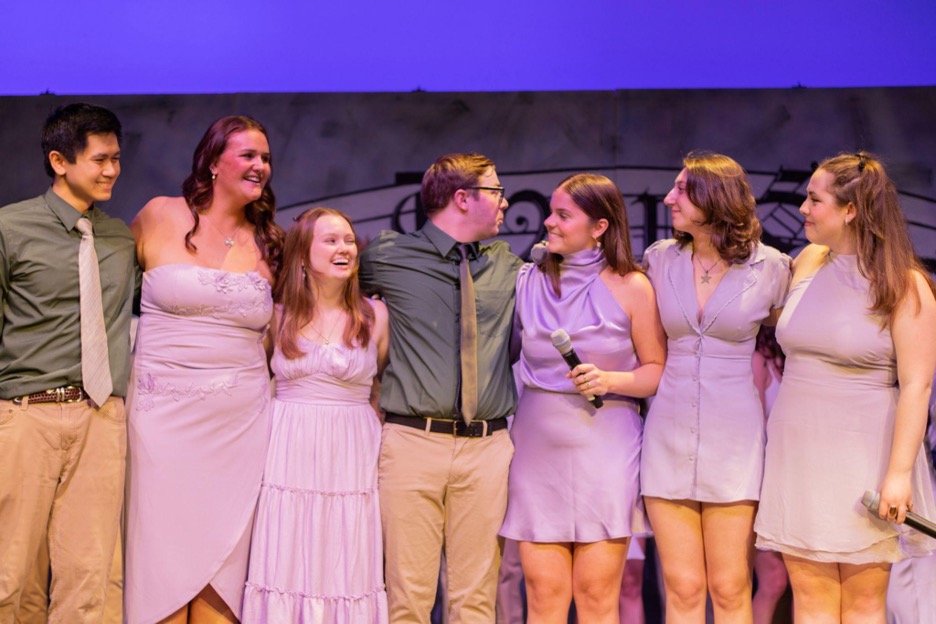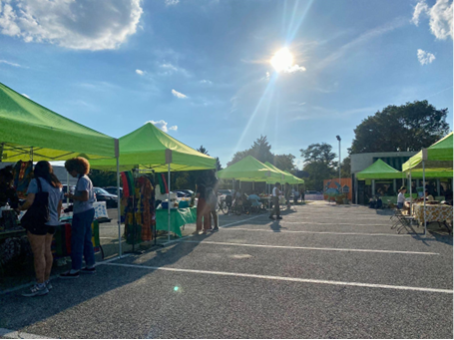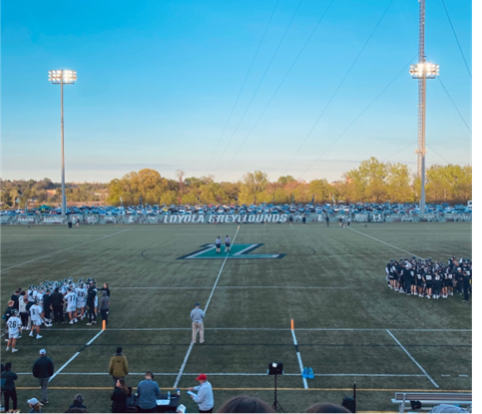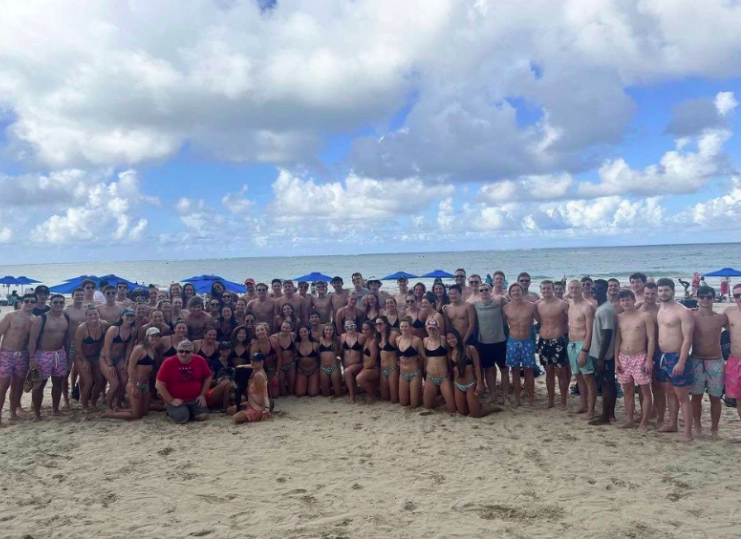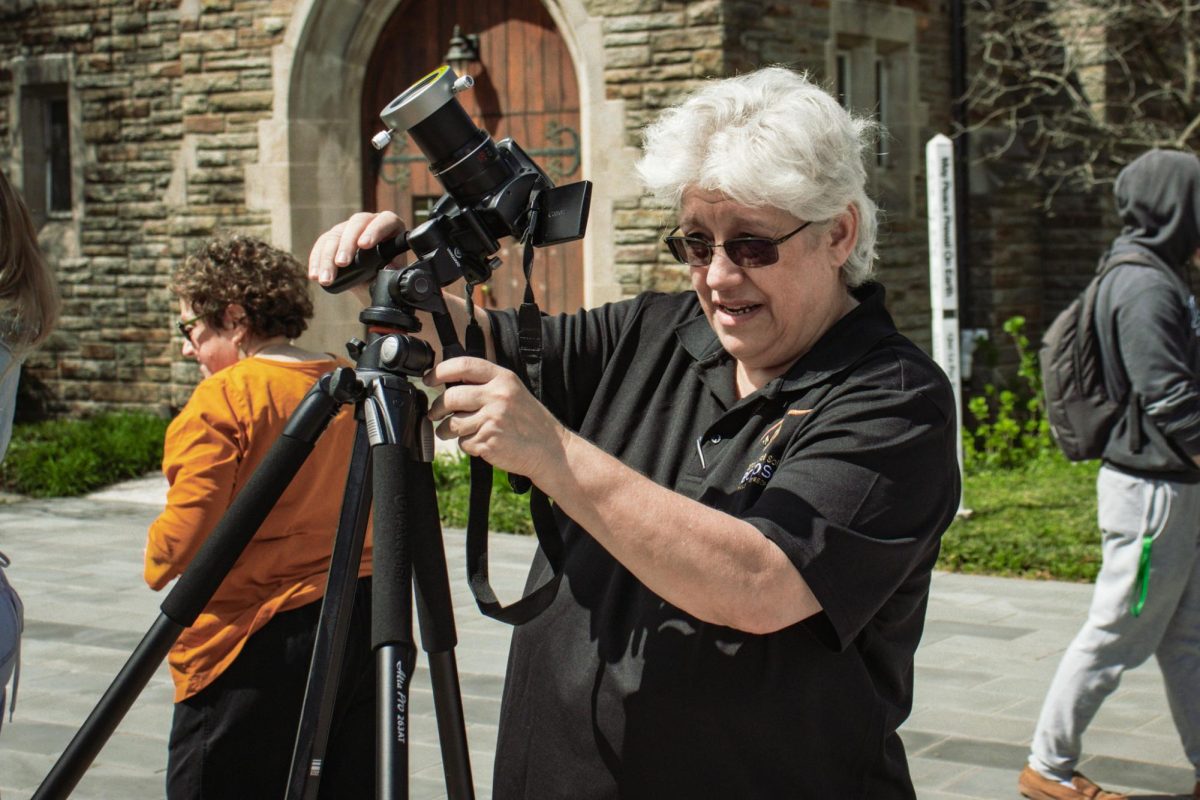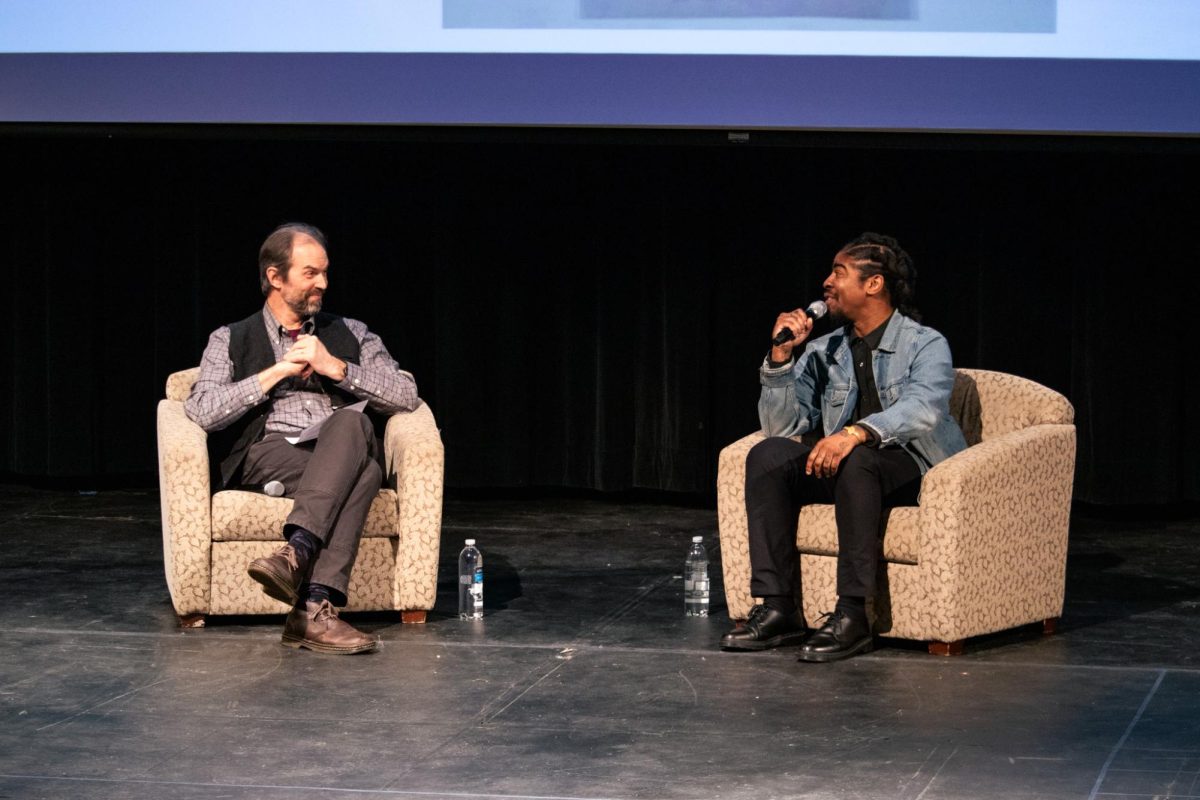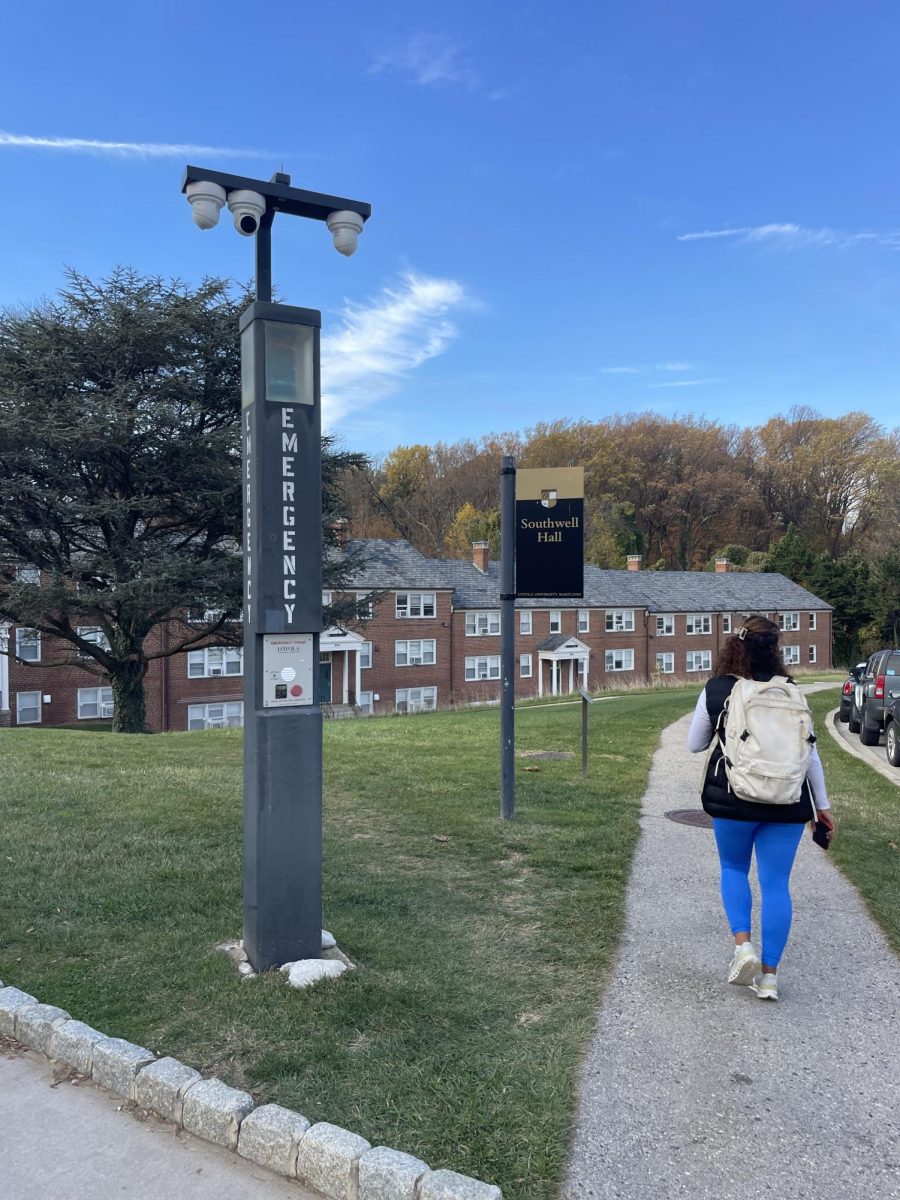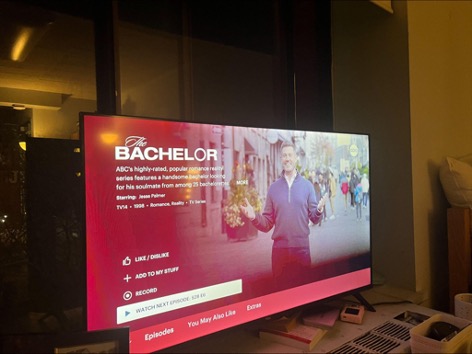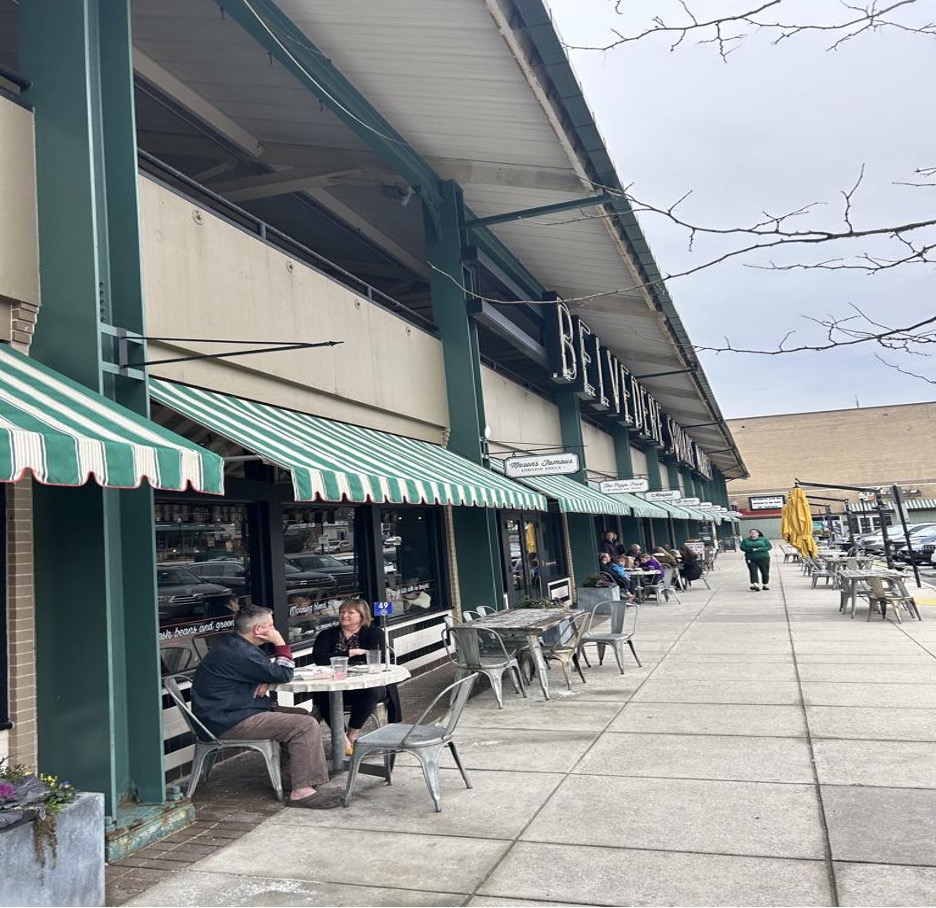The following represents the opinion of the student reporter and does not represent the views of Loyola University Maryland, the Greyhound, or Loyola University’s Department of Communication.
Nowadays, college students aren’t just worried about exams and social networking, but their safety at school. I can attest, about four years into my college experience and dozens of school shootings nationwide later, I’ve begun to take a closer look at the kind of measures that will keep me, my friends, and fellow students, safe on our campus. Whether that’s a private police force or digital swipes to entrances, there’s one more constant and unquestioned method of security: the emergency blue light phones.
I’d heard and seen the emergency blue light system brought up on almost every school tour throughout my own college search. From Villanova to High Point University, they’d boast about this system, claiming that you can always see another blue light whilst standing at one. At the time, the admissions office’s confident spiel and my mother’s approval were all I needed to make me feel comfortable. Today, I’m calling their precautions, in terms of effectiveness, into question.
My first question was what had to happen for these emergency phones to be invented? What need was trying to be met? In 1986, a student by the name of Jeanne Clery was raped and murdered in her college dormitory at Lehigh University, Pennsylvania. The name Clery should sound familiar, as her death and her family’s newfound dedication to college campus safety, is what founded the Clery Act. According to the Federal Student Aid, an official government website, this act ensures that all college students, prospective students, parents, and faculty have access to data of crimes committed and security measures implemented on college campuses. This bore a nationwide need for technology that could be applied to college campuses and give students and parents the safety net that Jeanne Clery never had.
Enter the emergency blue light phones, first prototyped in 1990 according to the Chronicle of Higher Education, and widely distributed to college campuses by the mid-1990s. The signature glowing blue light at the top of these rectangular-pole structures allows anyone to easily locate a phone, day or night. To operate the phone, all you have to do is press the red button and it will immediately connect you with your college’s department of public safety.
The illuminating blue glow these phones so iconically emit has become synonymous with a general sense of accessibility and safety. These sentiments were shared in an article from 2013 by OSWEGONOW, the student newspaper of SUNY Oswego in New York, where several students were interviewed regarding the university’s decision to deactivate their emergency blue light phones. One female student, a commuter, showed grave concerns for her safety when it came to her walk from the campus to the parking lot at night. Overall, the students felt that regardless of their use of not, the blue lights were nice to have.
The feelings of these Oswego students also happen to be reflected in statistics at other United States universities such as Rice University located in Houston, Texas. An article written by Campus Safety Magazine in 2021 exemplifies that the mere presence of safety technology, such as blue light phones can actually deter crime. It was reported that after 80 blue light phones were installed around campus in 2010, data from the US Department of Education and the Rice Annual Security Report saw the university’s overall crime rate plummet. Most notably, the rates of burglaries were at a historical low.
Moreover, this beacon of safety plays a pivotal role in whether or not students may attend one university over another. In a study conducted by Noodle, a research database utilized by colleges nationwide, researchers sought to discover what it was that parents of high schoolers and college students looked for in their children’s higher educational institutions. Results determined that overall, 75.4 percent of parents to high schoolers and or college students believe the safety of that school’s environment to be the most important factor when determining what higher educational institution to attend.
The unfortunate reality of these revolutionary safety nets is that they aren’t without their flaws. Although these phones were at one time an innovative piece of equipment in the toolbox of campus security, they’re dated. That’s not to say that there haven’t been software updates and technological advancements to enhance them over time, but some of these machines are over 20 years old. Not to mention, any parent would agree that nothing is made like it used to be. An article by the 911cellular blog highlights that technology is bound to malfunction, and if these phones aren’t checked regularly and maintained, that malfunction could cause a much larger problem.
To that effect, another disadvantage to this already-dated system is the fact that blue light phones are immobile. Blue lights were created at a time when the mobile cell phone was nothing more than a few buttons and a small antenna. Now it seems that our mobile phones hold our entire lives, and in some cases have been responsible for saving our lives. I can confirm that if I’m in immediate danger, my last thought is to stand and wait by a blue light phone until someone comes to my rescue.
I want to clarify that blue light phones are not solely meant for the damsel in distress, and they’re certainly not a joke. Robert D. Amick is the retired Communication Director of the Department of Public Safety University of Colorado at Boulder. He’s also the author of a research article that compares and contrasts blue light phones and cellular devices as they pertain to campus safety. He mentions that although blue light phones are meant to protect students, they are also a source of pranks and false activations.
Throughout my own research, I’ve found it difficult to decide whether or not the blue light phone system is ultimately effective or not. In some cases, I’d agree. In other situations, my once confident opinion is reduced to crumbs. At the end of the day, however, the safety of myself, my peers, and the college community should be considered a top priority. But it is up to you, fellow readers, to decide. Are blue light phones an acceptable component of college campus security or a dated piece of technology maintained with good intentions?


